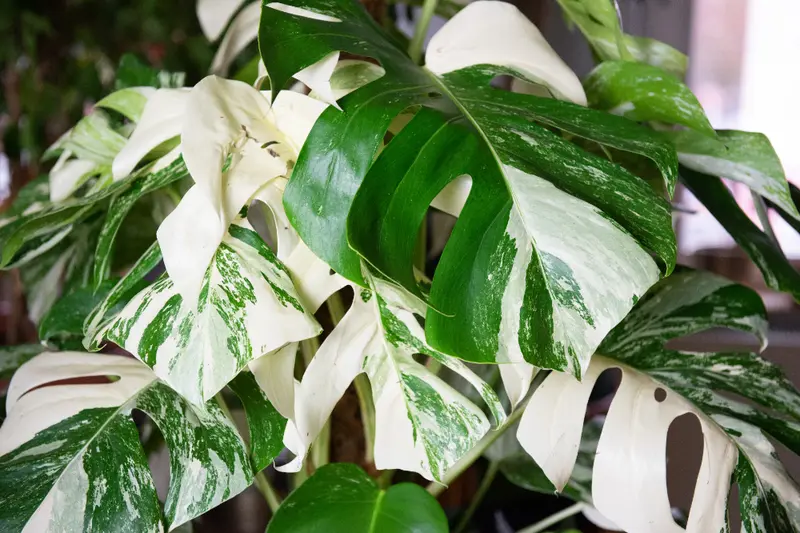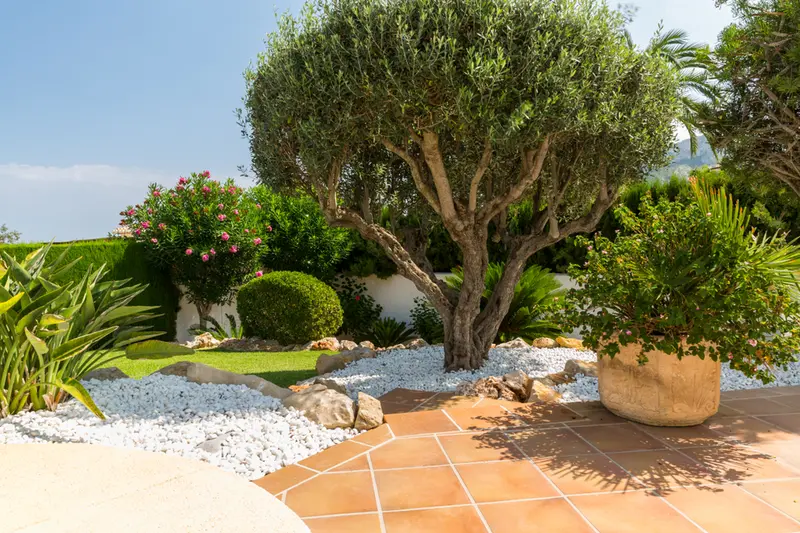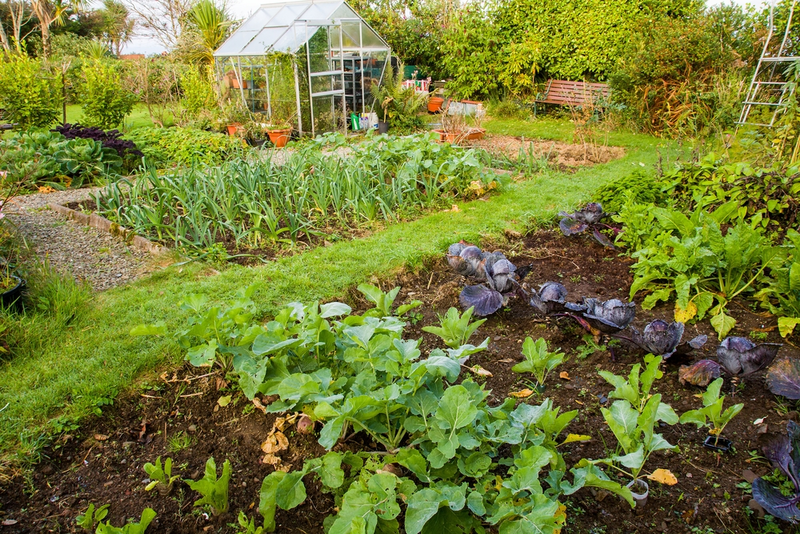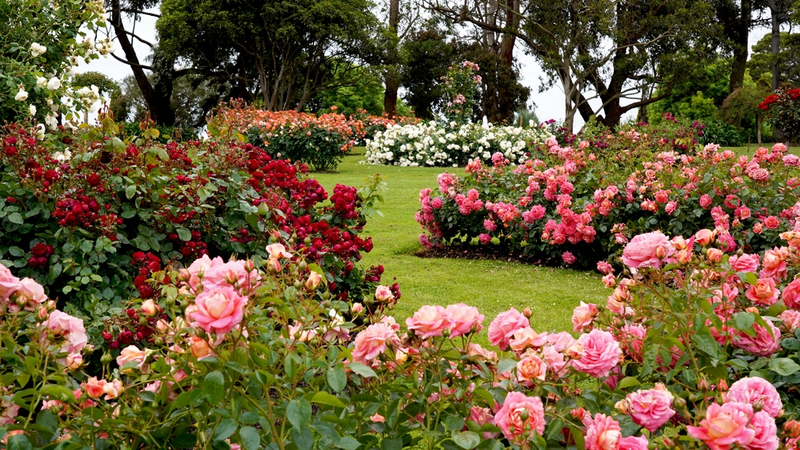The holidays are around the corner, and it's time to choose the perfect Christmas tree. How do you make the right choice amidst a sea of needles and branches? Don't worry, we're here to guide you through the art of choosing the ultimate Christmas tree.
Types of Christmas Trees
There are different types of Christmas trees available, each with its own characteristics and features. Here are some popular types of Christmas trees:
-
Nordmann Fir (Abies nordmanniana):
- Features: Glossy, dark green needles with soft tips and a broad, symmetrical shape.
- Advantages: Needles are less prone to shedding, making it a popular choice for families with pets or small children.
-
Norway Spruce (Picea abies):
- Features: Bright green needles with a pleasant pine scent. Branches droop downwards.
- Advantages: Traditional appearance and a delightful fragrance, but needles may shed more quickly.
-
Serbian Spruce (Picea omorika):
- Features: Elongated, dark green needles that wrap around branches. Narrow shape.
- Advantages: Retains needles well and has an elegant appearance.
-
Silver Fir (Abies procera):
- Features: Silvery underside of the needles, giving a silver glow. Symmetrical shape.
- Advantages: Beautiful color and shape, suitable for heavy ornaments.
-
Blue Spruce (Picea pungens):
- Features: Bluish to silvery needles with sharp points. Compact shape.
- Advantages: Striking color and form, often chosen for modern themes.
-
Scots Pine (Pinus sylvestris):
- Features: Long, bright green needles in clusters. Open and irregular shape.
- Advantages: Sturdy branches, traditional appearance.
-
Douglas Fir (Pseudotsuga menziesii):
- Features: Soft, dark green needles with a sweet scent. Longer branches.
- Advantages: Pleasant fragrance and good needle retention.

When choosing a Christmas tree, personal preference often plays a decisive role. Some people prefer the traditional scent of a Norway spruce, while others are drawn to the striking colour of a blue spruce. It is also important to consider the space you have available and any practical considerations, such as needle retention. The key is to choose a tree that complements your style and creates the festive atmosphere you desire.
Choosing the right Christmas tree

-
Measuring the space: Before getting lost in the magic of Christmas trees, grab a tape measure and determine the available space for your tree. There's nothing worse than coming home with a beautiful spruce only to discover it doesn't fit in the living room!
-
Selecting the type of tree: Various types of Christmas trees are available, from classic firs to fragrant pines and stately silver firs. Each variety has its unique characteristics, so choose the one that suits your taste and the atmosphere you want to create.
-
Checking freshness: A fresh tree is essential for maintaining that lush appearance long after the holidays. Gently tap the needles – they should be resilient and not easily break. Give the tree a gentle shake; if many needles fall, consider choosing another tree.
-
Observing needle color: The color of the needles is a crucial factor. Opt for vibrant green needles, avoiding brown or dried-out spots. A healthy color indicates that the tree has been well cared for.
-
Inspecting for imperfections: Thoroughly inspect the tree for any imperfections such as bare spots, broken branches, or insects. A healthy Christmas tree ensures a stress-free festive season.
-
Scent test: One of the pleasures of a real Christmas tree is the delightful scent. Lean forward, close your eyes, and inhale the aromas. Choose the tree whose scent warms your heart.
-
Prioritizing sustainability: If you plan to enjoy your tree for an extended period, opt for a sustainable variety with good needle retention. This ensures your tree stays beautiful even as the holidays progress.
-
Transporting in style: Have you successfully found the right tree? Congratulations! Now, ensure you transport it safely home. Have your tree wrapped in a net to minimize needle loss on the way, or secure it with a rope. Whether walking, cycling, or driving, transport your tree with care.

Purchase the most beautiful Christmas tree at Fergus
Starting from the last weekend of November, you can purchase the most beautiful Christmas trees at our garden centre in Fergus. Now armed with these tips, you're ready to bring the magic of the holidays home with the perfect Christmas tree. So, don your coziest Christmas sweater at the end of November, play some cheerful tunes in the car, and visit our garden centre in Fergus. Find that special tree that will make your holidays unforgettable. Enjoy the selection and decoration! ????✨




